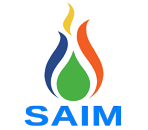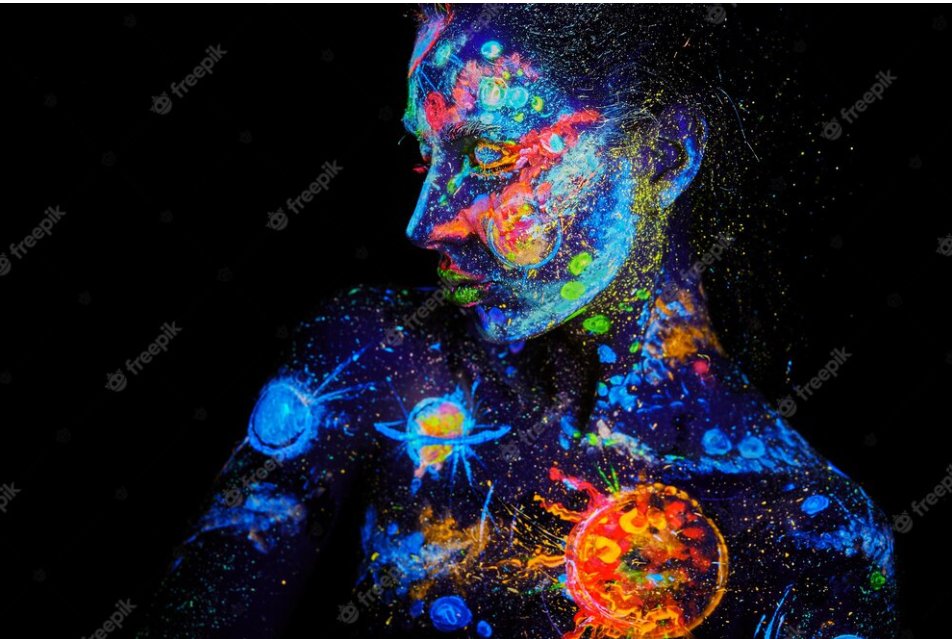Artists have long sought ways to enhance their creative process, often turning to technology as a tool for inspiration and exploration. With the advent of Artificial Intelligence (AI), the possibilities for machine-assisted creativity are becoming a reality. AI-assisted creativity in art is making strides in the field of art, and one could say that it is revolutionizing the way we think about creation.
AI-assisted creativity in art refers to the use of computer algorithms to generate and enhance creative works. This type of art combines the creativity of human beings with the computational power and speed of machines. With AI, artists are able to create works with greater precision, efficiency, and originality.
AI is opening up possibilities for art that have never before been possible. One of the most exciting things about AI-assisted creativity is that it can enable artists to explore and experiment with new forms of expression that would be impossible to achieve on their own. Let’s look at some of the promising developments that are currently taking place in AI-assisted creativity and art.
1. Style transfer:
Style transfer is the process of taking a photo and recreating it as a painting in the style of another artist or movement. This process is made possible through deep learning neural networks. Take, for example, Vincent van Gogh’s renowned painting, ‘Starry Night.’ Using style transfer, a photo could be transformed to look like it was painted in the style of Van Gogh’s masterpiece. This application of AI technology provides endless possibilities for artists and photographers alike.
2. Image generation:
The use of AI-generated images is becoming increasingly popular. This technique employs generative adversarial networks (GANs) to create realistic, computer-generated images. GANs work by presenting a network of images to a machine, which then creates new images based on what it has learned. This technology is exciting because it has the potential to create entirely new art forms that have never been imagined before.
3. Music generation:
With AI, artists can now create music using algorithms that are capable of composing, producing, and remixing songs. AI can create music based on a variety of different styles and genres, and can even learn to emulate specific musicians’ styles. The sheer amount of data available to machines allows them to analyze thousands of songs and create a new piece of music that is unique and appealing.
4. Creative collaboration:
AI can help humans to collaborate more effectively with other artists. For example, AI-powered tools like Drawing Assistants can offer suggestions and guidance during the drawing process, helping artists who are not as skilled in drawing to bring their ideas to life. This enables artists to work together in creative and symbiotic ways, resulting in products that are new and innovative.
5. Personalized art:
One of the most exciting possibilities offered by AI is the ability to personalize art. By analyzing data from individuals’ social media profiles, search history, and online behavior, AI algorithms can create personalized works of art specifically tailored to an individual’s taste. This potentially creates new markets for artists and offers buyers the opportunity to own unique, personalized creations.
6. Increased Accessibility:
AI offers innovative solutions for individuals who may not have the opportunity to engage with art otherwise. With AI, artists can create works that can be experienced in a range of ways, such as through virtual reality and interactive exhibitions. This not only offers greater accessibility but also enhances the overall art viewing experience.
7. Preservation of art:
AI is also making strides in preserving and restoring art. For example, some sophisticated algorithms can analyze cracked or damaged artwork and use that analysis to digitally restore damaged art pieces. This technology has the potential to help preserve art pieces that would otherwise not be salvageable.
In conclusion, AI-assisted creativity in art is a rapidly growing field that is rapidly revolutionizing the way artists create and interact with their creations. The development of AI opens up endless possibilities for art, enhances the creative process, and offers greater accessibility to artistic expressions. As AI evolves, we can expect to see more innovative and exciting developments in art and creativity in the years to come.




















